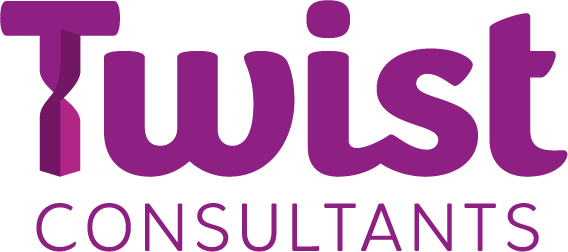With the last almost two years being a rollercoaster of change even the most resilient of us would find challenging, I’ve been exploring the concept and theory of hope through several blog posts.
Hope is definitely a superpower – especially when we’re facing so much change. And, it’s also one of the four pillars of psychological capital (PsyCap for short), a framework that’s come from positive psychology.
PsyCap has been proven to have a positive impact on things like wellbeing, job satisfaction and performance in the workplace.
Here are the HERO pillars (or mindsets) that make up PsyCap:
Hope – it has three attributes - goals and vision (things to hope for), agency (the motivation that drives us to achieve our goals) and pathways (the ways we can achieve our goals) - “I’ve got different things in place (pathways) to achieve my goals in case one doesn’t go the way I planned.”
Efficacy – having the confidence to take on challenges and putting in the effort to see them through – believing “I can do this!”
Resilience – when you face challenges, having the ability to come back from difficult events, learn and grow, “I’ve faced difficult times before– I can get through this.”
Optimism – has been defined as ‘making a positive attribution about succeeding now and in the future – basically an optimist thinks that good things will happen in future – “I can see the good points in this challenge.”
When these are combined and PsyCap scores are high, you're likely to have someone who's thriving and flourishing. satisfied with life and have good levels of wellbeing. They are literally being more HERO.
Imagine this for the people in your organisation. How much more engaged, productive and collaborative could they be with higher levels of PsyCap? And how much more adaptable to change might they be?
So, how can you develop PsyCap as part of your leadership toolkit? Here are three ideas to get the ball rolling:
When you’re setting a challenge, ask people what they’re going to do, get them to set their own goals (Hope) and work through how they’re going to deliver those goals (a mix of Hope and Self-Efficacy). What options would they consider if things get tough or things have to change (Hope and Resilience)?
Encourage people to regularly reflect on what they learn, especially in times of change. Reflecting on how they might do things differently in future can develop all aspects of HERO and could help our brains learn new things and approaches.
Ask your teams to make suggestions, put forward ideas and develop plans (resist the urge to tell them what to do) they will naturally build their PsyCap. They will own their ideas, develop pathways to achieve their goals and grow their confidence that they can try new things and learn from them.
By developing PsyCap and using the HERO framework, you’re not just helping people develop skills, confidence and flex their mindsets but you’re investing in their wellbeing too. We could all use a little more of that.
In my next post, I’ll explore some ideas around using HERO during change. I’d love to get your thoughts on how you might use this approach, either in your life or your leadership approaches.
If you can’t wait for the next instalment and want to chat about anything change or HERO related, get in touch!

